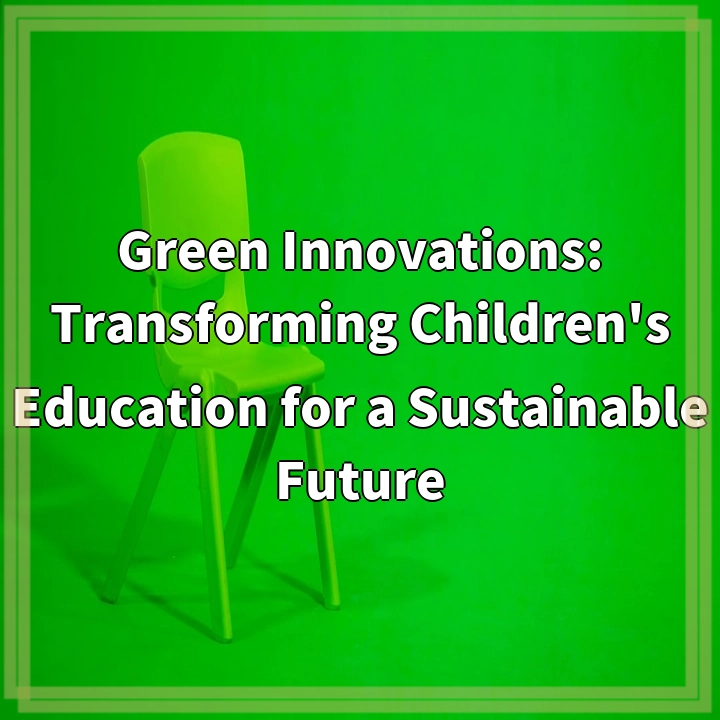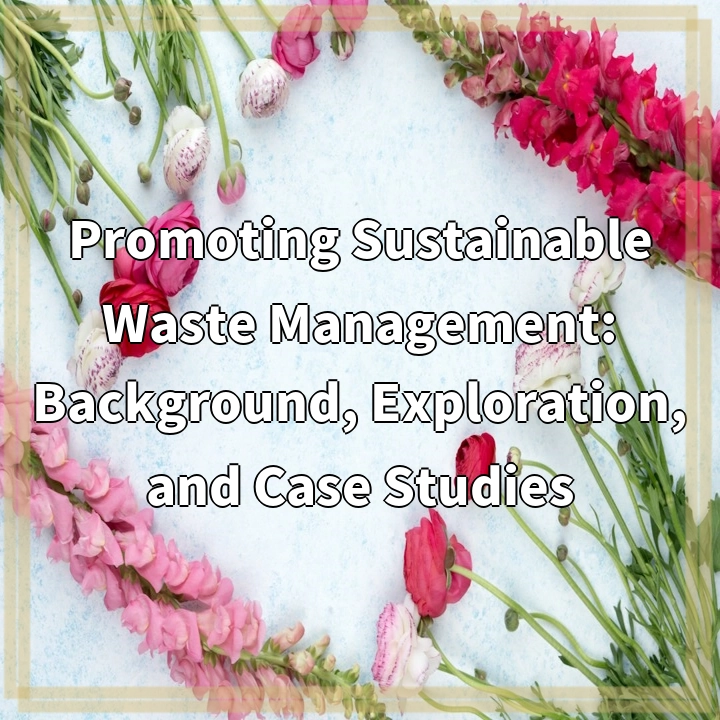
What it is:
Green Innovations: Transforming Children’s Education for a Sustainable Future is an initiative aimed at integrating eco-friendly practices and sustainable principles into the education system. It involves incorporating innovative approaches, technologies, and curriculum that foster environmental awareness, conservation, and stewardship among students. This transformative movement seeks to develop a new generation of environmentally conscious individuals who are equipped with the knowledge and skills to address pressing environmental challenges.
Real-world problems:
1. Environmental Degradation: The degradation of the natural environment continues to pose significant challenges globally. Pollution, deforestation, climate change, and loss of biodiversity are just a few examples of the real-world problems our ecosystems face. By not addressing these issues in education, we risk perpetuating the cycle of environmental degradation.
2. Lack of Environmental Awareness: Many children are not adequately educated about the environment and the importance of sustainability. This results in a lack of understanding of the environmental issues and an absence of sustainable behaviors. By not integrating green innovations into education, we miss an opportunity to instill a sense of responsibility for the environment.
3. Disconnect from Nature: In today’s modern world, children are becoming increasingly disconnected from nature. The abundant use of technology, indoor activities, and urbanization has led to a reduced appreciation for the natural world. Green innovations in education can help re-establish this connection by encouraging outdoor learning experiences and hands-on environmental activities.
4. Unsustainable Consumption Patterns: Consumerism and unsustainable consumption patterns contribute to resource depletion and waste generation. Children are often influenced by advertising and societal norms that promote unsustainable choices. By incorporating green innovations in education, we can empower children to make informed decisions, develop critical thinking skills, and become conscious consumers.
5. Limited Focus on Interdisciplinary Learning: In traditional education systems, there is often a lack of interdisciplinary approaches that connect various subjects to real-world issues. Green innovations in education promote a multidisciplinary approach, integrating science, technology, engineering, arts, and mathematics (STEAM), to provide a holistic understanding of environmental challenges and solutions.
6. Inadequate Teacher Training and Resources: Teachers play a crucial role in implementing green innovations in education. However, many educators may lack the necessary training and resources to effectively integrate sustainability principles into their teaching practices. Addressing this issue by providing training and access to relevant resources is crucial for the successful implementation of green innovations in children’s education.

Solutions:
1. Curriculum Integration: Incorporating sustainability and environmental education into the curriculum at all grade levels is essential. This involves creating learning opportunities that explore ecological concepts, environmental challenges, and sustainable practices. By integrating these topics into various subjects, students can gain a comprehensive understanding of the environment and its interconnectedness with other disciplines.
2. Hands-on Experiences:
Providing students with hands-on experiences and outdoor learning opportunities can foster a deeper connection with nature. Engaging in activities such as gardening, field trips, and environmental projects allows children to interact with their surroundings, develop a sense of environmental stewardship, and witness the real-world applications of sustainable practices.
3. Technology and Innovation:
Leveraging technology and innovation allows for creative and engaging learning experiences. Virtual reality, simulations, and educational apps can provide interactive ways to explore environmental concepts. Incorporating renewable energy technologies and sustainable design principles into school infrastructure can also serve as educational tools and showcase sustainable practices in action.
4. Teacher Training and Resources:
Providing teachers with proper training and resources is crucial for the successful implementation of green innovations in education. Professional development programs and workshops can equip educators with the necessary knowledge and tools to effectively integrate sustainability into their teaching practices. Access to updated resources, lesson plans, and support networks can also help teachers feel confident and empowered to deliver impactful environmental education.
5. Collaboration and Partnerships:
Collaboration among schools, government bodies, non-profit organizations, and businesses is essential to drive sustainable change in children’s education. Building partnerships can provide access to funding, expertise, and resources. Engaging with the local community, including parents and community leaders, can foster a sense of collective responsibility and support for green innovations in education.















